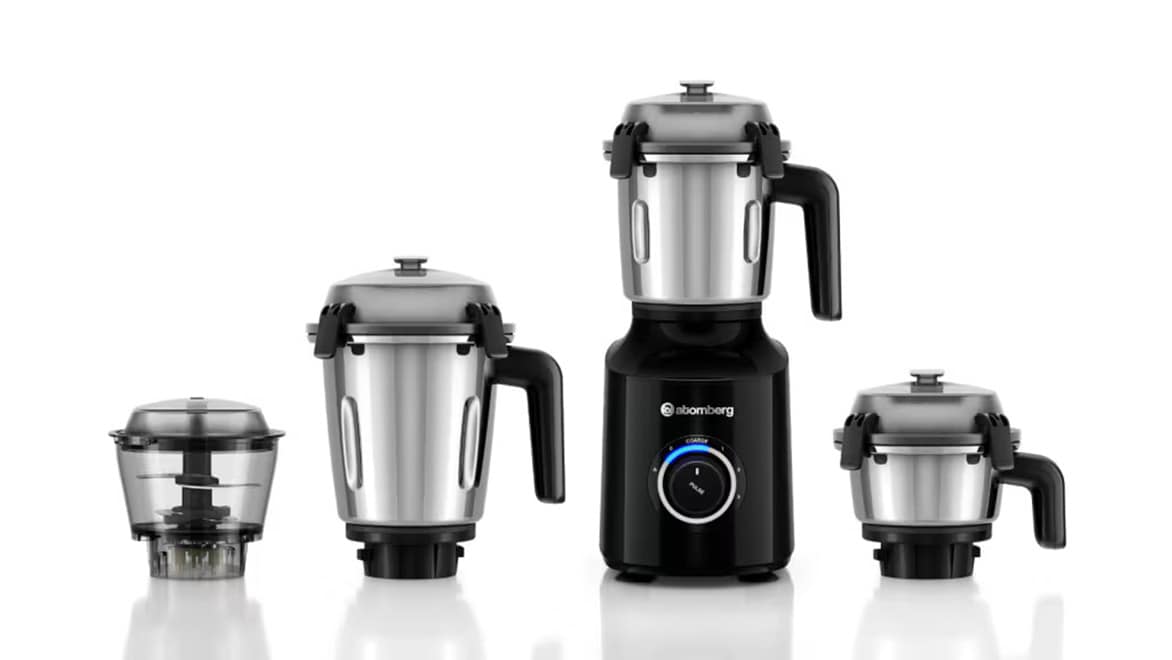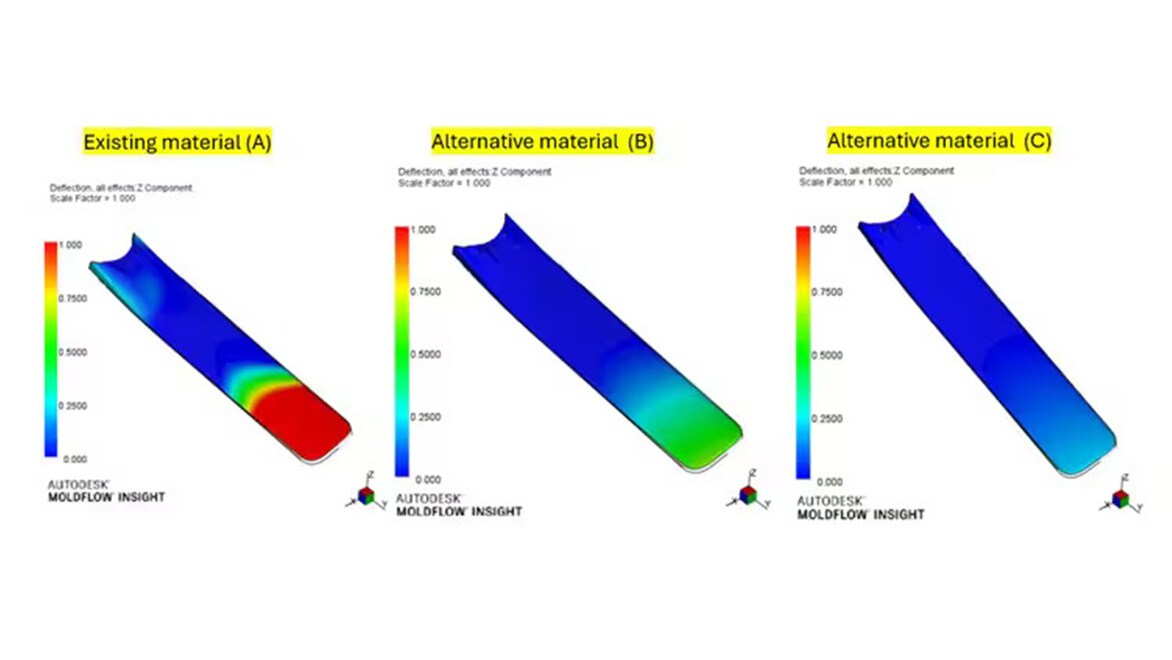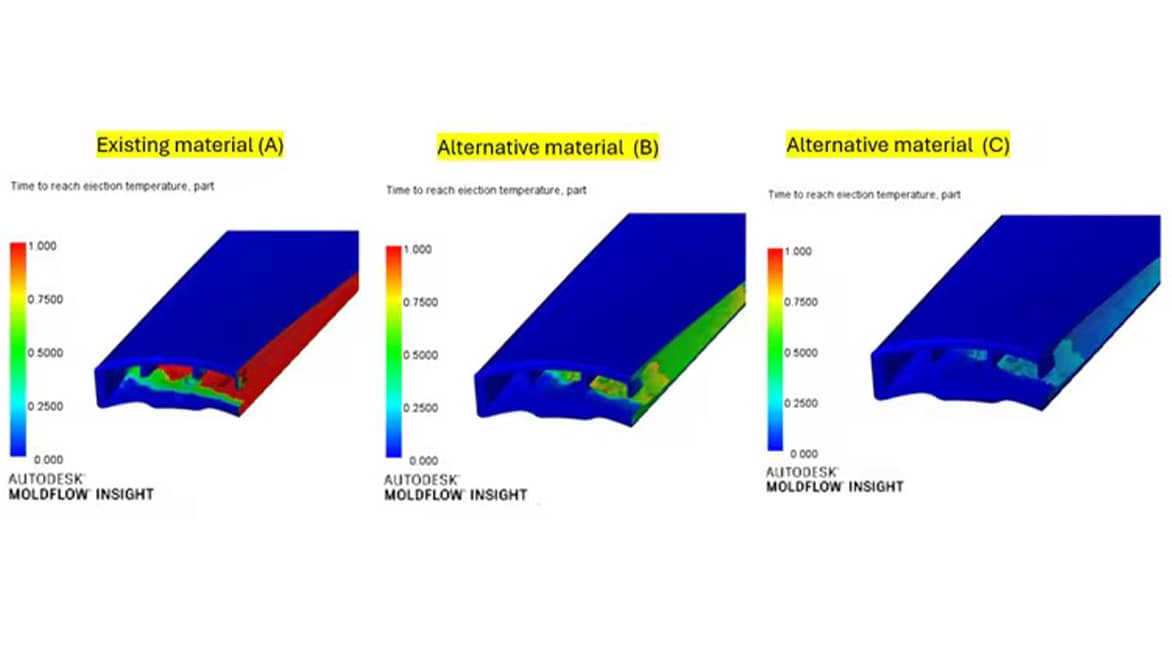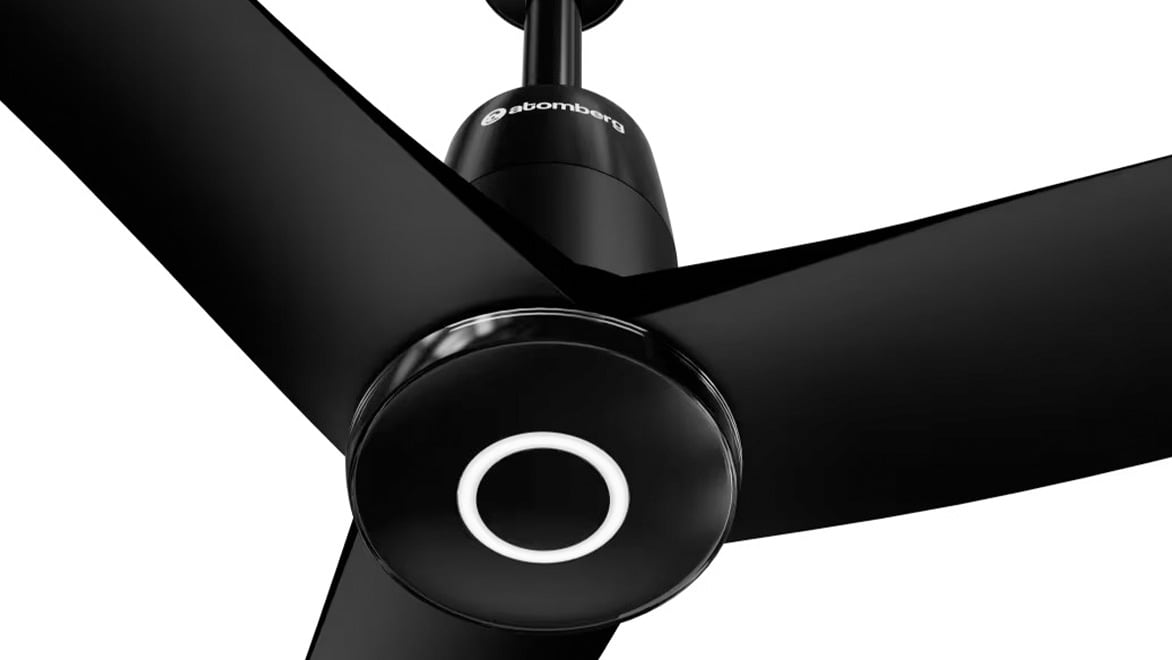Atomberg Technologies Private Limited
Revolutionizing ceiling fan design: Atomberg’s journey to precision and innovation with Autodesk Moldflow
Design & Manufacturing
Share this story
Summary
Despite facing challenges in mold design and warpage during production, Atomberg utilized Autodesk Moldflow and Fusion 360 to optimize material selection and process parameters, significantly reducing warpage and improving production efficiency. These tools enabled Atomberg to achieve exceptional product quality and cost savings, reinforcing the importance of simulation in modern product development. Atomberg's commitment to innovation and sustainability continues to shape the future of smart living.

Atomberg Appliances
About Atomberg
Atomberg Technologies is an Indian startup revolutionizing the consumer appliance industry with smart, energy-efficient, and innovative solutions. Guided by a mission to redefine home living, the company merges advanced technology with sleek, modern designs to create products that excel in functionality, aesthetics, and environmental sustainability. Atomberg's flagship Brushless Direct Current (BLDC) motor, the first of its kind in India, underscores its leadership in energy-efficient solutions, setting new benchmarks for performance and reliability.
From state-of-the-art ceiling fans to intelligent kitchen appliances, Atomberg's product range is designed to enhance everyday life with durability, low energy consumption, and user-friendly features. Backed by a dynamic team of engineers, designers, and technologists, and a robust in-house R&D division, the company focuses on continuous innovation to stay ahead of evolving consumer needs. Driven by a commitment to sustainability, Atomberg aims to bring intelligent, eco-friendly solutions to homes across India and beyond, shaping the future of smart living, one innovation at a time.

Figure 1. Warpage (Dimensions are normalized) - Result Comparison
Challenges faced
As a startup committed to delivering innovative products, Atomberg constantly seeks to bridge the gap between design concepts and manufacturability. However, challenges arise, particularly in mold design and analysis for plastic parts, due to the inherent complexities of polymers. Quality issues often occur due to the interplay of parameters and varying conditions during production. A key challenge emerged during the development of an innovative ceiling fan when the fan blades, designed for best-in-class aerodynamic performance, experienced excessive warpage and prolonged cycle times, significantly impacting production efficiency and quality as shown in Figure 1 - Material A. The blades, with an average wall thickness of 7mm, exhibited warpage at the outer ends due to uneven shrinkage during the cooling process from high to low temperatures.
The engineers faced limited scope for design modifications due to constraints in the part geometry to meet the performance target, making it difficult to resolve the warpage issue. Achieving uniform shrinkage while maintaining structural integrity became a critical challenge. With the existing material, warpage levels exceeded acceptable limits, compromising the functionality and appearance of the product. These challenges highlight the need for precise mold analysis and optimization of design, material, and processing parameters to ensure manufacturability and uphold Atomberg’s commitment to quality and innovation.

Figure 2. Time to reach ejection temperature (The time durations are normalized)
Solution
Addressing the challenges of shrinkage and warpage in injection molding requires optimizing process parameters and conducting extensive testing. For Atomberg, Autodesk Moldflow played a pivotal role in identifying the factors influencing these defects and validating solutions through simulation.
The team began with an in-depth analysis of the causes of warpage. Moldflow simulations revealed significant warpage in the Z-direction, exceeding specifications. To tackle this, the team explored alternative materials, testing each through Moldflow to evaluate their impact on warpage. Uneven volumetric shrinkage was identified as a critical factor affecting dimensional stability and quality.
In the first iteration, the team selected a plastic material B with similar mechanical strength to the original. As shown in Figure 1 & 2 for Material B, Moldflow simulations demonstrated a 26% reduction in warpage and a 25% decrease in the time to reach ejection temperature, significantly improving the process. However, the results still left room for enhancement. Shantanu Chanda (Specialist Moldflow Simulation) conducted multiple iterations of Moldflow simulations to provide enhanced insights and valuable data.
The material C (As shown in Figure 1 & 2) tested in the next Moldflow iteration yielded exceptional results: a 34% reduction in warpage, bringing it well below acceptable limits, and a 40% decrease in the time to reach ejection temperature, ensuring superior cooling performance.
By leveraging Moldflow’s powerful simulation capabilities, Atomberg optimized material selection and process parameters, achieving significant improvements in product quality and production efficiency.
As Mr. Ayush Jena (Lead Vendor Development at Atomberg Technologies) noted, “A correct warpage prediction is essential to ensure product quality. To accurately predict the warpage tendency and value, material properties play a crucial role in simulation.”

Arisa by Atomberg
Results
The molding trial of the fan blade with the two alternate materials demonstrated an impressive correlation between the actual product and the Moldflow simulation results. This accuracy translated into significant time and cost savings while reinforcing Atomberg’s confidence in leveraging Moldflow simulation for early-stage design evaluations.
Moldflow has proven to be an invaluable tool for us, said Mr. Ravindra Singh Bondili (Advanced Prototype Specialist at Atomberg Technologies). “With its massive database of over 13,000 plastics, it simplifies material selection and narrows down options efficiently. Its intuitive interface and ability to create custom databases not only speed up the simulation process but also enhance the precision and quality of analysis, consistently delivering excellent results.”
In addition to Moldflow, Atomberg utilized Fusion 360 to provide design and simulation engineers with unparalleled flexibility in creating, modifying, and refining complex 3D models. This allowed for swift iterations and adjustments when urgent changes were required, further enhancing the development process.
The combined power of simulation and design tools enabled Atomberg to achieve exceptional results, underscoring the importance of simulation in modern product development.
“Design speaks, and when done right with tools like Autodesk Moldflow, it speaks volumes. Atomberg has always pushed the boundary of design with every product, without compromising on performance and aesthetics. Leveraging the capability of simulation across domains, we are now able to significantly reduce development cost and timelines.”
—Mr Gaurav Gupta, Head of product development for fans and smart home devices, Atomberg Technologies